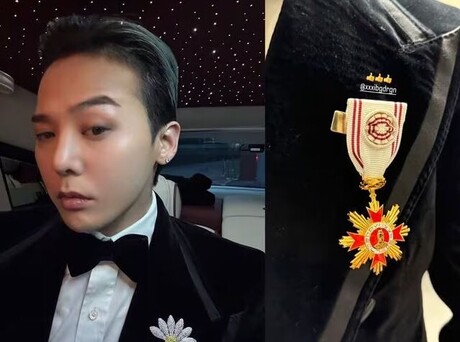As 2026 begins, interior design professionals are ready to leave behind several popular decorating trends that have dominated social media and home decor spaces in recent years. Design experts emphasize that while personal preference should ultimately guide decorating decisions, certain trends have become overused and lack the warmth and individuality that make homes feel truly welcoming.
According to leading interior designers, the shift away from minimalism and sterile aesthetics continues to gain momentum. Kathy Kuo, CEO and Founder of Kathy Kuo Home, explains that minimalist interiors centered around mostly-white color palettes now feel "stark and uncomfortable." She advocates for spaces that feel "collected, layered, and sensorial," incorporating a mix of materials, textures, and personal keepsakes that reflect the homeowner's personality.
Animal prints, which surged in popularity as maximalist trends emerged, are also falling out of favor among design professionals. Brittny Button, founder and principal designer of Button Atelier, notes that animal prints can read as "visually loud" and make interiors feel "cluttered and overworked." Instead, she recommends incorporating patterns through stripes, florals, or herringbone designs, while embracing organic textures from materials like wood, raw stone, and rattan.
The beige-on-beige aesthetic, which dominated interiors in recent years, is another trend designers are eager to abandon. Bilal Rehman, interior designer and CEO of Bilal Rehman Studio, describes these monochromatic spaces as having become "soulless," explaining that "when everything is one tone and one texture, the room loses all character." He suggests evolving this approach by incorporating textured plaster walls, aged wood, exotic marbles, and soft contrast to create more tactile and emotional spaces.
Matching furniture sets, while convenient for quick room setup, are being replaced by more eclectic approaches. Kuo advocates for mixing materials and silhouettes, suggesting combinations like "a square burl wood side table, round marble coffee table, and woven rattan console table, all in the same living room." This mismatched approach creates character and visual interest that feels distinctly personal rather than cookie-cutter.
The ubiquitous arched mirrors and abstract art pieces that became staples of social media-inspired decorating are also losing their appeal. Rehman notes that while these pieces "aren't bad, just overdone," they've become too copy-and-paste, losing any sense of identity. He encourages incorporating vintage mirrors, locally made ceramics, and original or custom art pieces that feel personal and collected rather than sourced from generic aesthetic inspiration boards.
Glam furniture with excessive shine and gaudy details is another trend designers recommend avoiding. Button advises opting for furniture with simple structures and uncomplicated designs, noting that "the sleek nature of these kinds of pieces has real enduring appeal." This approach avoids the opposite extreme of minimalism while maintaining sophistication and longevity.
Finally, the modern farmhouse aesthetic popularized by designers like Joanna Gaines has reached its saturation point. Rehman declares it's time to "officially let the barn doors go," explaining that while the style initially brought warmth and approachability, its ubiquity has caused it to lose its special charm. Instead, he recommends creating warm rooms through a more collected approach, featuring "spaces layered with pieces from different time periods, materials with patina, and bold moments of color" that feel evolved over time rather than purchased in a single shopping trip.








